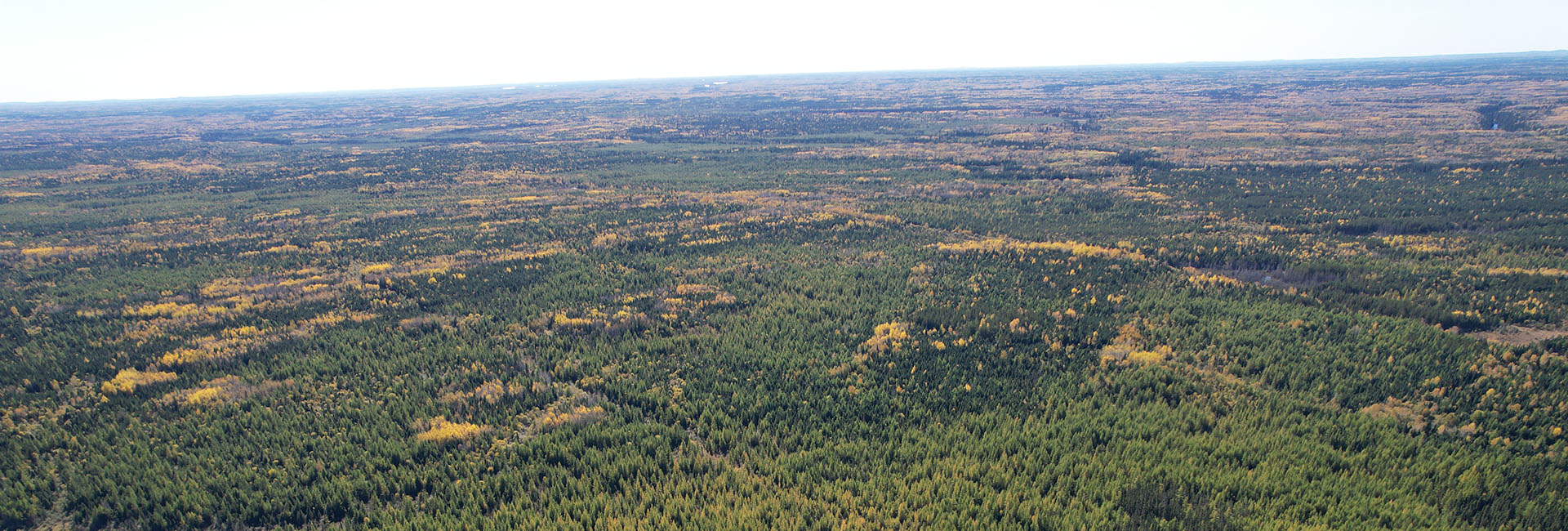OVERVIEW
| Deposit Type: | Jurassic-age mesothermal veins (Rossland-type) |
| Location: | The project is located in Arrow Lake-Castlegar, BC, Canada and comprises 2205 hectares in size. |
| Targets: | Two main targets areas, 1) Viking Horde, and 2) Cougar Ridge. |
| Status: | Available for option |
The mineralization at the Deer Park Project is like the veins noted within the Rossland Camp gold deposits 50 km to the southeast. Gold seems to be intricately linked to the pyrrhotite-pyrite-copper mineralization within breccias and veins. At Deer Park this mineralization strikes a significant distance of over 500 meters.
The well-endowed Rossland Group gold deposits occur mainly in andesitic volcanic breccia, sandstone and conglomerate, and lenses of grey to black the Rossland monzonite, plutons of granodiorite, and the Coryell batholith of syenite. These rocks are folded, faulted, and variably metamorphosed and intruded by syenite. Two well-defined steeply dipping fracture sets occur throughout the area with veins that dip 60 to 70 degrees east. Three types of mineral deposits have been mined in the Rossland area: (1) copper-gold veins with minor lead and zinc, (2) gold veins, and (3) molybdenum deposits. Veins are observed as filling fractures and fault zones (Fyles, 1984). The Rossland mining camp is the second largest gold-producing camp in British Columbia, with recovery of more than 84,000 kilograms of gold and 105,000 kilograms of silver between 1894 and 1941. The Rossland gold-copper veins are dominantly pyrrhotite with chalcopyrite in a gangue of altered rock with minor lenses of quartz and calcite (MINFILE No 082FSW093).
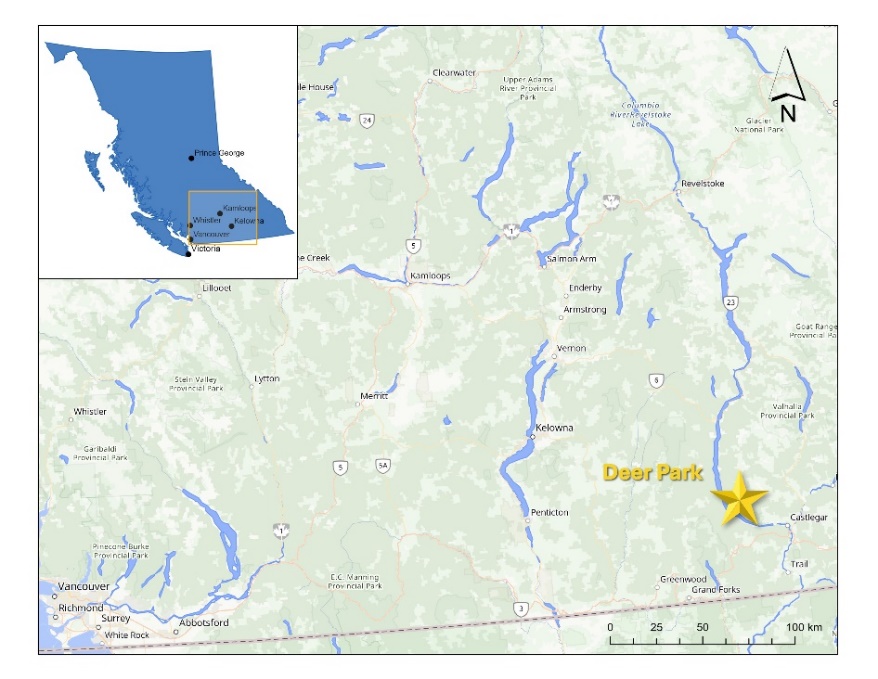
Figure 1: location Map for the Deer Park Project
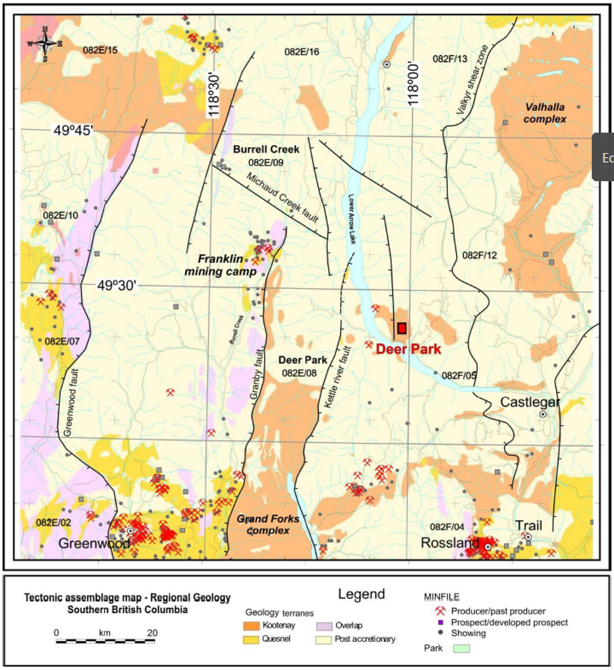
Figure 2: Geological Terrane map of the west Kootenay Region
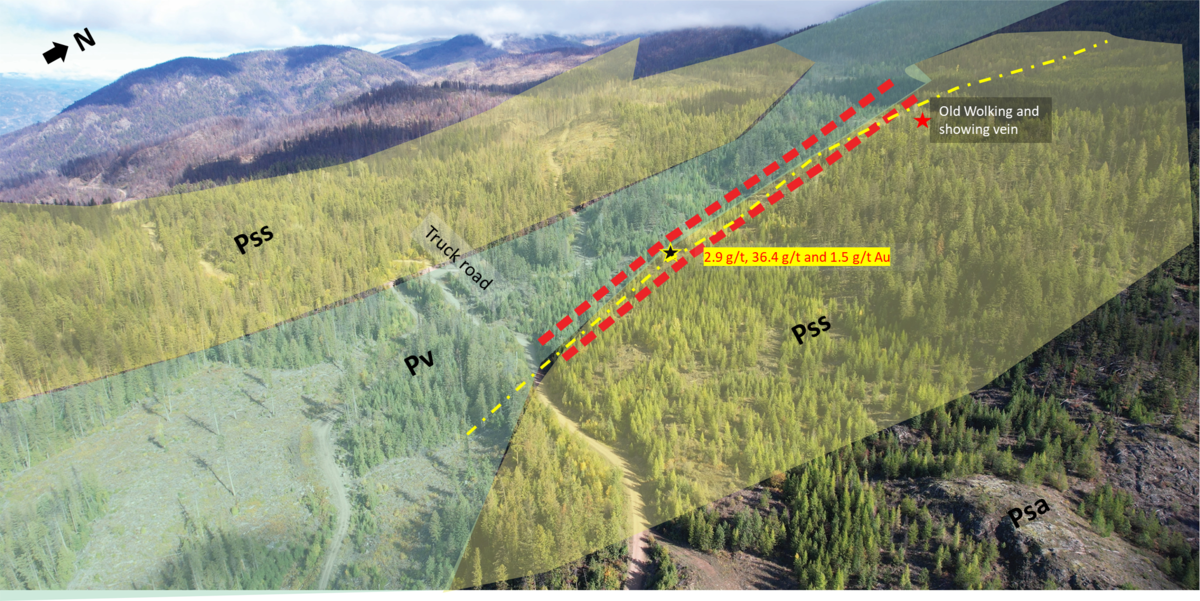
Figure 3: The Viking Horde showing area from drone photography
Viking Horde: Sulfide mineralization is observed over 650m and returned 2.9 g/t, 36.4 g/t, and 1.5 g/t Au. Veins occur at the contact between (Pss) and (Pv) units. Potential for 1300 metres of strike based on geophysics.
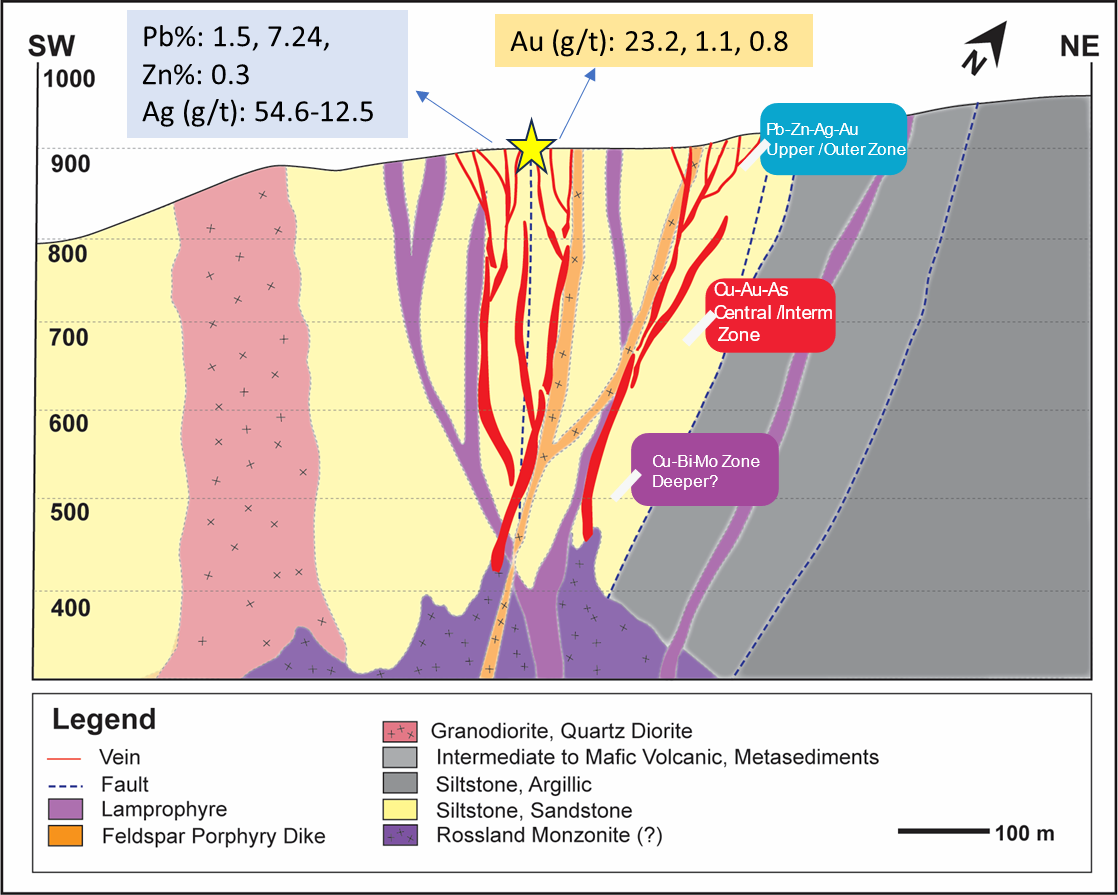
Figure 4: Cougar Ridge Cross Section showing geology and possible mineralizing events
Cougar Ridge: Comprises massive pyrrhotite-chalcopyrite veins and breccia with gold being associated with Pb-Zn-Ag geochemistry. Surface samples taken in 2009 by Kootenay Silver returned values up to 23.2 g/t gold.
Representative hand specimens of the mineralization at Deer Park. (A) Pyrrhotite-Pyrite, chalcopyrite massive replacement. (B) Pervasive replacement to breccia filling of quartz, pyrrhotite-pyrite and chalcopyrite.
The Deer Park Project is believed to be a northern extension of Grand Forks complex; north to northwest-trending faults with high level intrusions and numerous dyke phases. Tertiary mineralization is related to faults, intrusive contacts and has been classified as both epithermal and mesothermal. Several new discoveries in recent years have validated the hypothesis that these deposit types exist in the region. This large area has traditionally been neglected due to limited geology knowledge, access, and vast tracts of intrusive rocks.
Regionally it has been observed there is a high concentration of metallic and precious metal mineralization in the hangingwall of large Tertiary extensional structures. It is believed that these Tertiary structures act as conduits for metal sources. Higher structural (intrusive) levels are typically exposed in hangingwall of extensional structures. The conclusion is that mineralization at Deer Park is controlled by Eocene structures and intrusives which deposited a variety of base and precious metals.
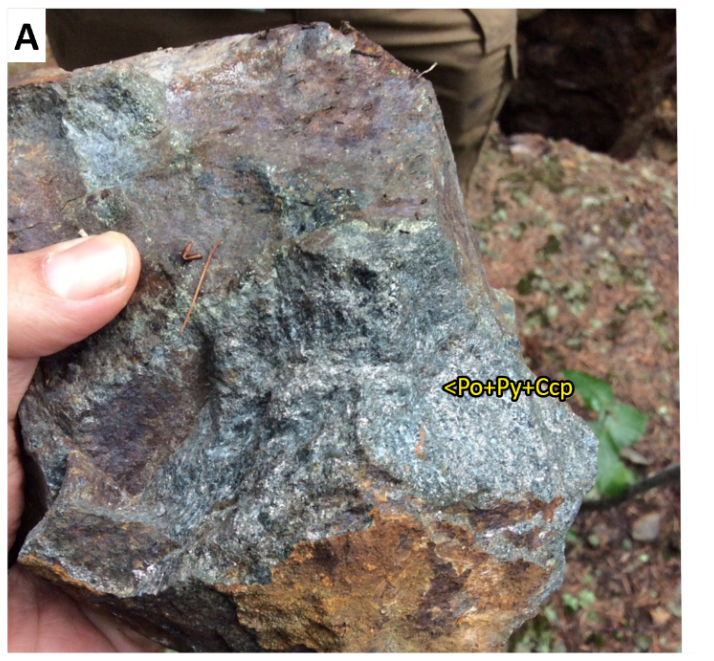
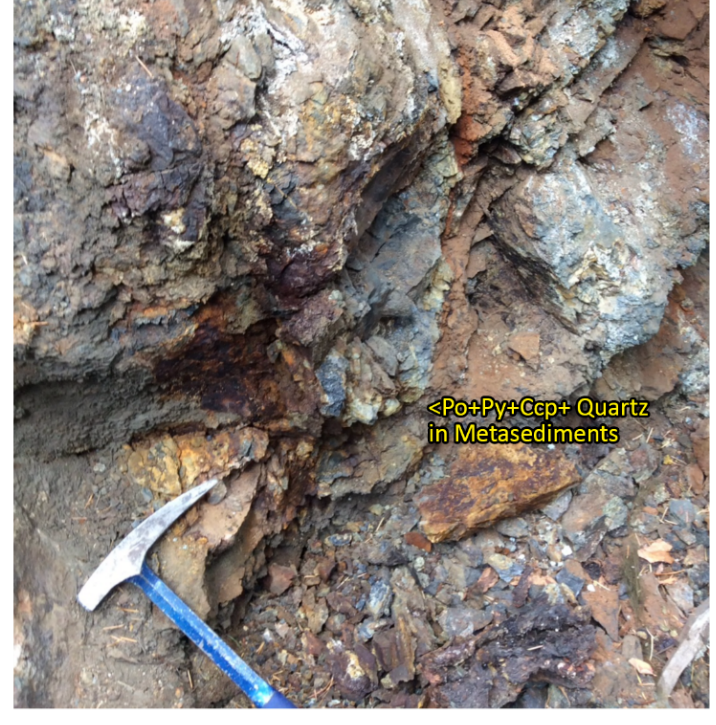
Representative hand specimens of the mineralization at Deer Park. (A) Pyrrhotite-Pyrite, chalcopyrite massive replacement. (B) Pervasive replacement to breccia filling of quartz, pyrrhotite-pyrite and chalcopyrite.
The Deer Park Project is believed to be a northern extension of Grand Forks complex; north to northwest-trending faults with high level intrusions and numerous dyke phases. Tertiary mineralization is related to faults, intrusive contacts and has been classified as both epithermal and mesothermal. Several new discoveries in recent years have validated the hypothesis that these deposit types exist in the region. This large area has traditionally been neglected due to limited geology knowledge, access, and vast tracts of intrusive rocks.
Regionally it has been observed there is a high concentration of metallic and precious metal mineralization in the hangingwall of large Tertiary extensional structures. It is believed that these Tertiary structures act as conduits for metal sources. Higher structural (intrusive) levels are typically exposed in hangingwall of extensional structures. The conclusion is that mineralization at Deer Park is controlled by Eocene structures and intrusives which deposited a variety of base and precious metals.
Mineralization at Deer Park
A. Breccia: The primary style includes pervasive replacement of breccia filling within intrusive rocks. This alteration involves the replacement of pyrrhotite-pyrite and chalcopyrite, resulting in a characteristic mineral association.
B. Quartz-Pyrrhotite-Pyrite Veins: Another significant style observed is the presence of Quartz-Pyrrhotite- Pyrite veins. These veins exhibit mesothermal habit characterized by well-defined crystallinity.
C. Chalcopyrite Stringers Controlled by Rock bedding: Chalcopyrite stringers are noted forming along foliation and bedding planes. This phenomenon is more pronounced in metasedimentary rocks compared to volcanic formations.
D. Massive Sulphide Veins: Massive sulphide veins parallel to quartz veins suggest multiple generations of fluid paragenesis. This phenomenon points to a multi-episodic evolutionary process in mineral deposition.
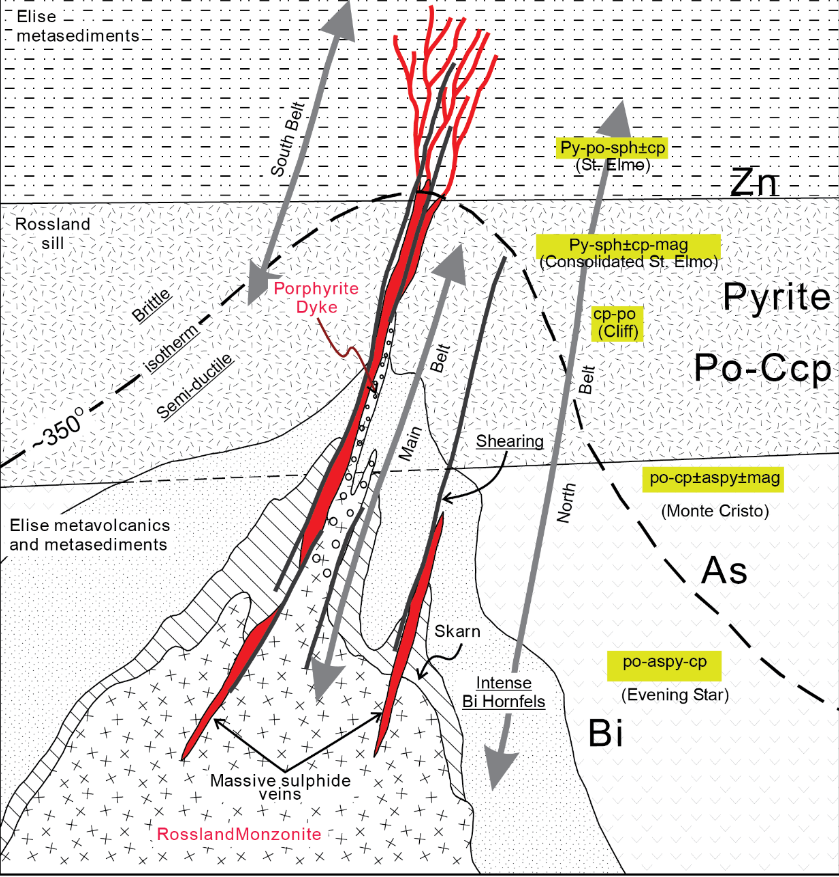
Riverside’s examination, despite the limited samples, reveals distinct geochemical subzones within the Deer Park Project, namely: (1) Cu-Bi-Mo; (2) Cu-Au-As; and (3) Pb-Zn-Ag-Au. These subzones likely correspond to three different levels of the hydrothermal system: Central/Deeper, Central/Intermediate, and Upper/Outer zones, respectively. Gold predominately appears in the Viking and Cougar Ridge targets within subzones 2 and 3. Geological interpretation suggests the presence of elements like S-Pb in the Viking Target suggest continuity, reinforcing the geochemical signature.
Additionally, an observed northeast orientation of the anomalous bedrock sampling merits further analysis. The Cougar Ridge target, showcasing a base metal signature, is interpreted either as an outer zone of the Cu-Au-As zone or a shallower level of the system. The latter seems more promising due to the co-occurrence of Au with base metal. To enhance the geochemical model for the project the Company will conduct further analysis on the historic drill hole and soil geochemistry. This additional work will contribute to a more comprehensive understanding of the Deer Park Project's geochemical dynamics.
Opportunity: The Deer Park Project is available for option. The project boasts Rossland Style mineralization with excellent year-round access. Recent logging activities have opened-up the area for exploration activities.

